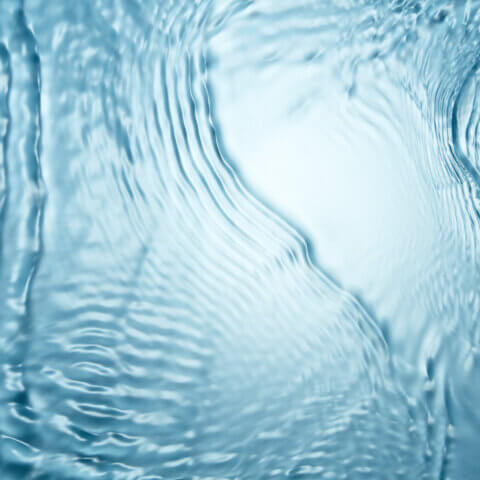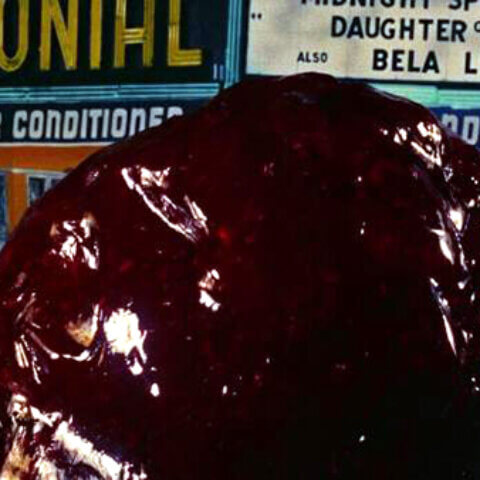- pH Dyanmics
Either way will work. If you are using a nutrient for the first time and are not familiar with how it is going to affect your pH, you should mix your nutrient first. Let the solution sit for about 15 – 20 minutes and then check the pH and adjust accordingly. Keep track of how much pH Up or Down you add to the solution. Typically pH Up will be required if you are using Reverse Osmosis filtered water. If you are using unfiltered municipal water or well water with a pH of 7.5 or above, you might need to use a small amount of pH Down or possibly none at all. Once you know how much pH adjusting solution you use in your reservoir, you can add it first of you like. Remember that temperature affects pH so make sure your water temperature is consistent when mixing your nutrient solution.
-

FAQs About Water and Hydroponics
Water. It’s the hydro part of hydroponics. You can find many answers to H2O related questions here.
Explore -

Tips to keep your resevoir clean of algae, bacteria and protozoa
Quick tips to keep your reservoir from quickly becoming a breeding ground for algae, bacteria and protozoa.
Explore -

What is the slime in my resevoir and what to do about it?
What is the slime and is it bad for my plants?
Explore -

Reservoir
The container in a hydroponic system which holds nutrient solution in reserve for use.
Explore - Water
Chlorine is highly volatile; it evaporates as soon as it hits the air. By the time the nutrient solution reaches the roots, the chlorine is gone.
- Water
Temperature of the nutrient solution should be in the range of 65 to 80 degrees Fahrenheit (18 to 26 degrees Celsius). Before adding water to your reservoir, it is a good idea to allow it to come to the same temperature as the water in the reservoir. Plants do not like rapid temperature changes, especially in the root zone. Aquarium heaters can be used to warm the nutrient solution in the winter, and look for “chillers” to cool the solution in the summer if high temperature becomes a problem.
- Water
Water containing too much calcium and magnesium (called “total Hardness”) may create serious problems. Contact your municipal water supplier who can provide you with an analysis of your water supply. If you are using well water, many laboratories can provide you with an analysis if you send them a sample. If the dissolved salts in your water supply measure 200 ppm or more, we strongly recommend that you obtain a water analysis to determine calcium content. Excessive calcium is the main factor in determining if your water is hard. If an analysis of your water supply reveals that the Calcium content of your water supply is greater than 70 ppm (mg/liter) you should use Hardwater FloraMicro. Hardwater FloraMicro provides rapidly growing plants with a combination of chelated micro nutrients uniquely formulated for hardwater conditions. Other options are to collect rainwater, install a reverse osmosis filtration system, or use purified water. Do not use mineral or “spring” water, which can unbalance the nutrient solution, or even be toxic to plants.
- Uncategorized
If you drain, clean and remix the nutrients every 7 to 10 days, it’s okay to top off with fresh water daily. As plants consume nutrients and water, the nutrient strength in the hydroponic reservoir will change. GENERALLY, nutrient strength should run between 800 to 1500 parts per million (ppm). Your exact ppm requirements will depend on your circumstances and style of growing. We strongly suggest that you purchase a nutrient testing device and start monitoring your nutrient solution’s ppm. We use meters with a “sodium chloride” scale. Before using your meter, calibrate it with General Hydroponics® Standard Reference Solution. Then, measure the ppm in the solution. If you find that it is greater than what you want, add water to bring the indicated ppm down to a safe level. If you find the ppm is too low, add nutrient solution to bring the indicated ppm up to its desired level. Your water quality will affect your final readings. When in doubt, remember that it is always better to apply too little nutrient than too much. Unless you know the specific ppm tolerance level for the plant you are growing, it is best to keep the nutrient solution between 800 and 1500 ppm.
- Uncategorized
Fast growing crops consume large amounts of nutrients and water so it is important to keep an eye on the reservoir every couple of days. Also consider the size of the plants(bigger plants, more water consumption) and how warm and dry the environment.(hotter, more transpiration).
- Uncategorized
Yes. The reservoir should be drained and rinsed every 7-14 days, depending upon plant size and nutrient usage. It should definitely be drained and cleaned whenever you change the nutrient ratio formula. It is also a good idea to rinse off the growing medium (expanded clay pebbles) each time the reservoir is cleaned. Plant waste will tend to accumulate on the growing medium.



